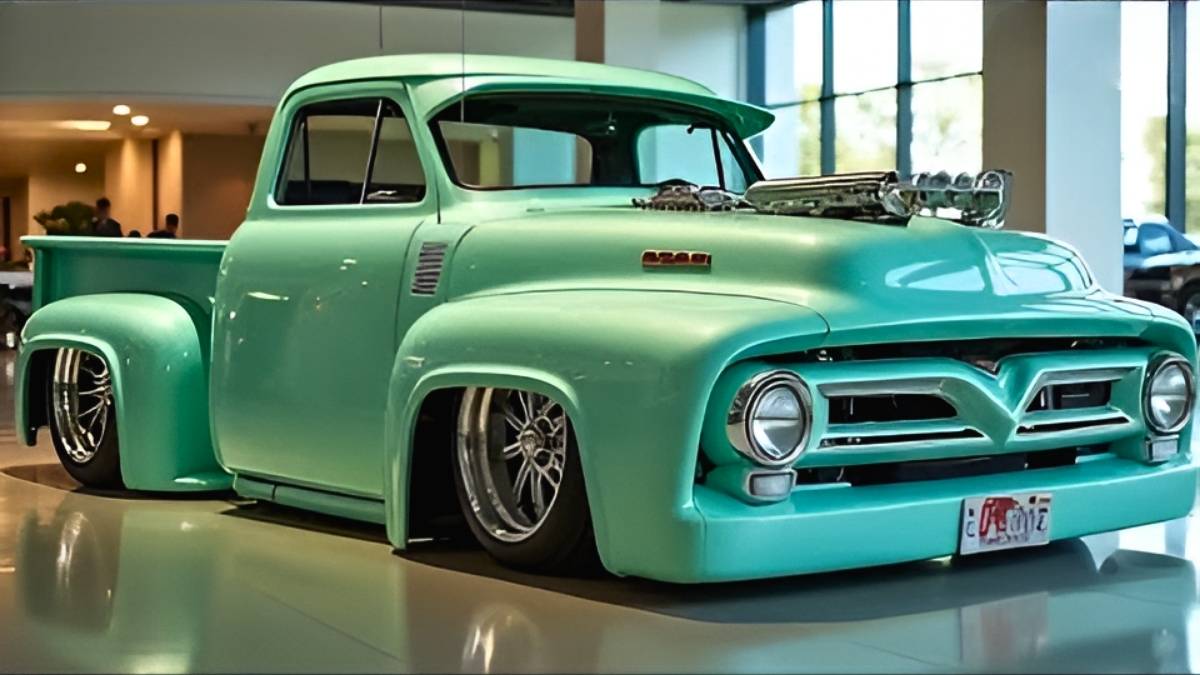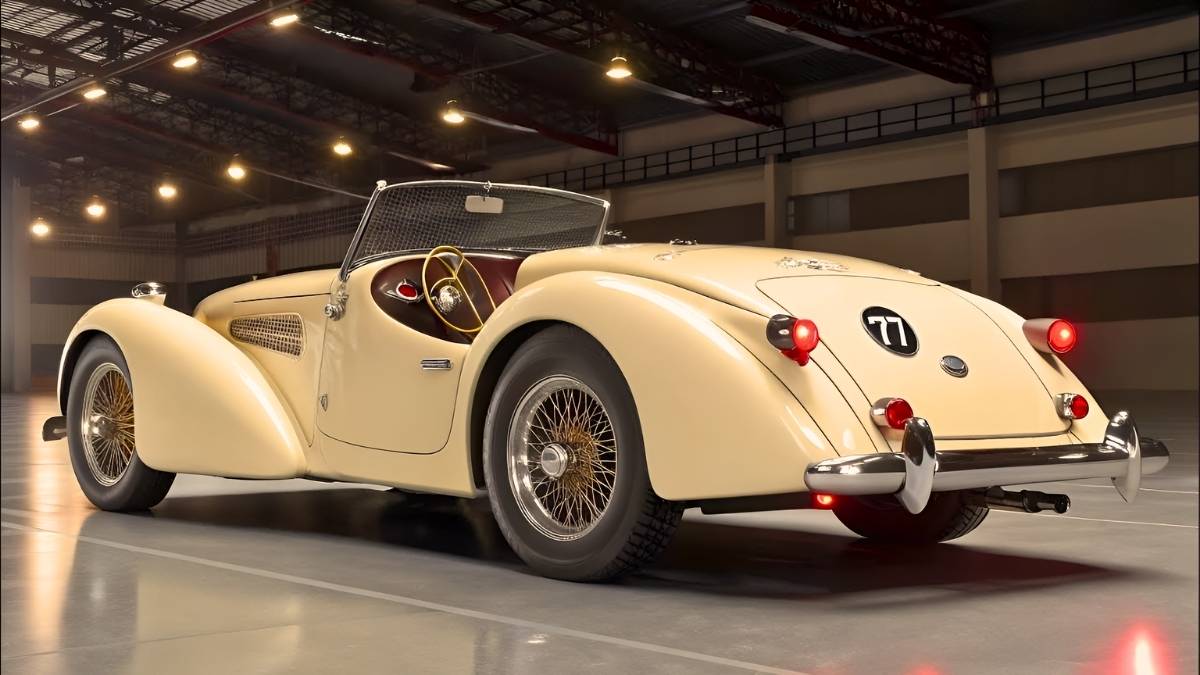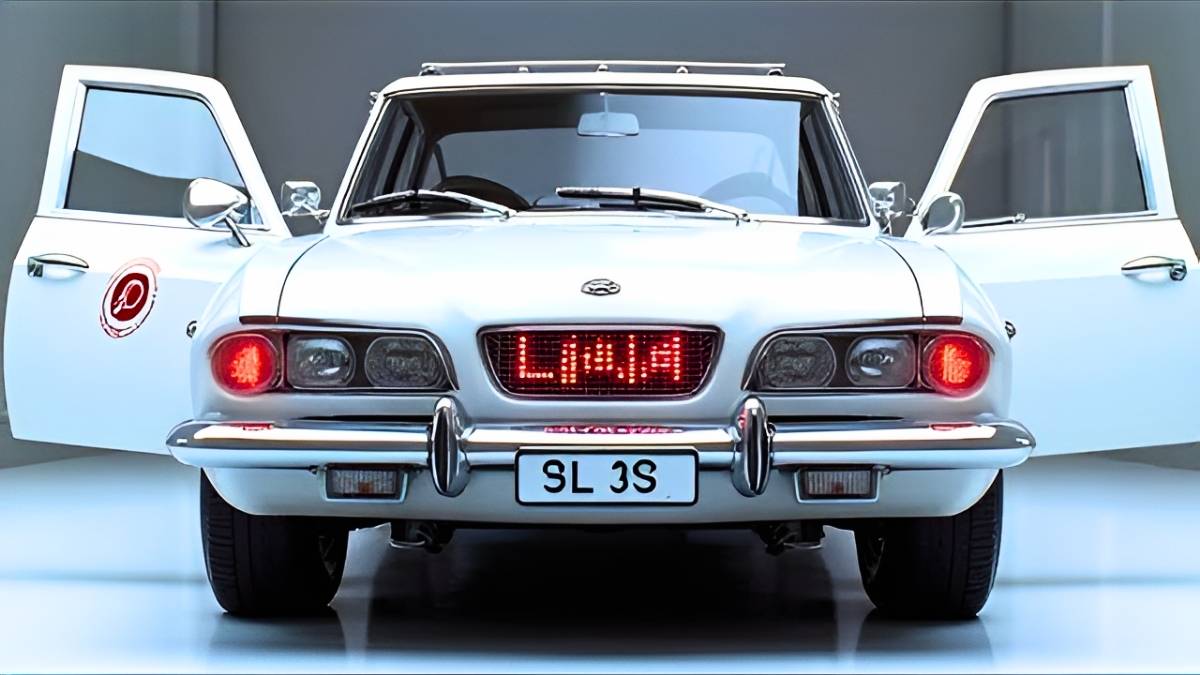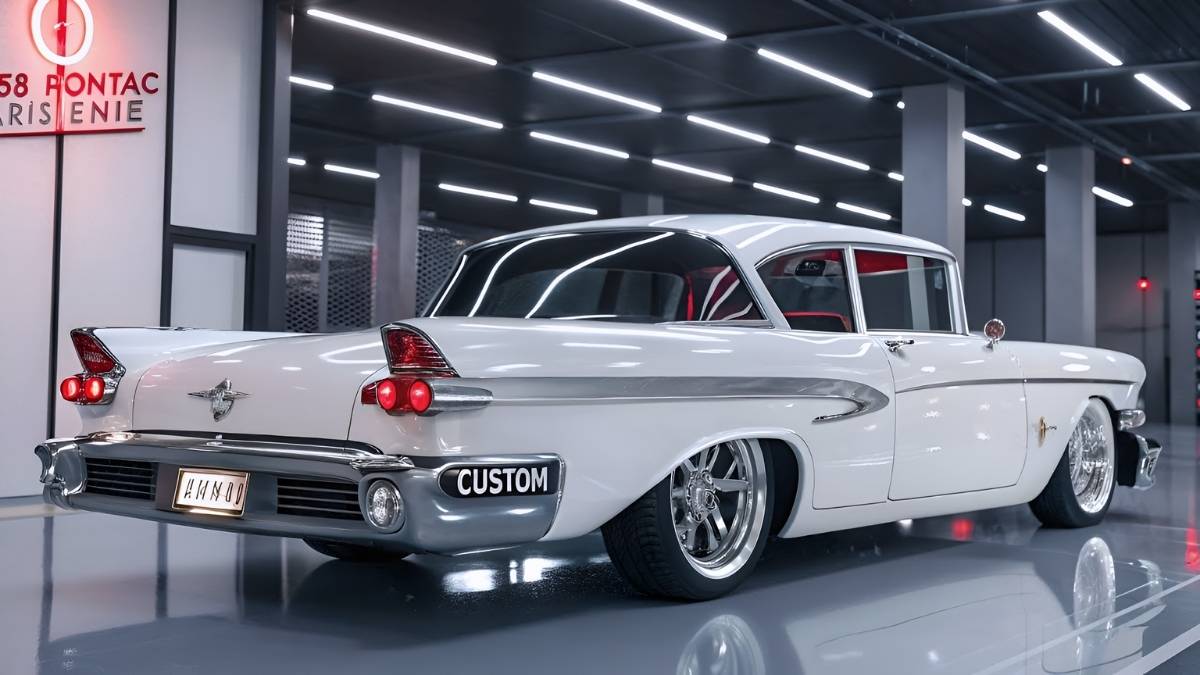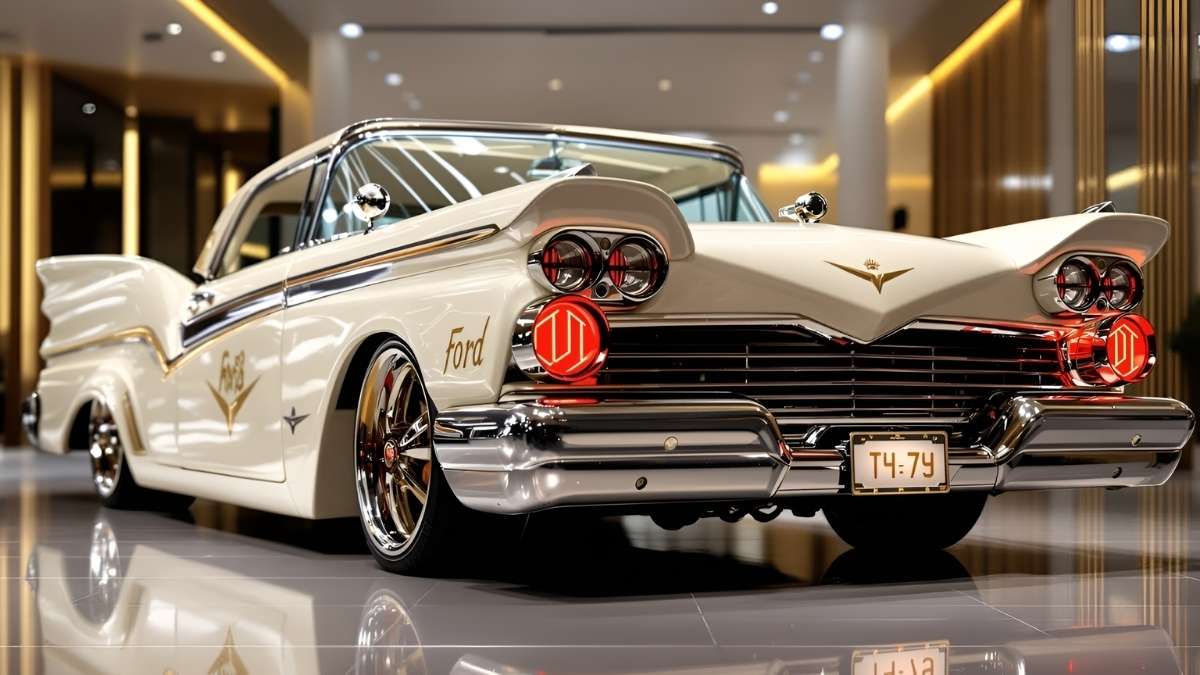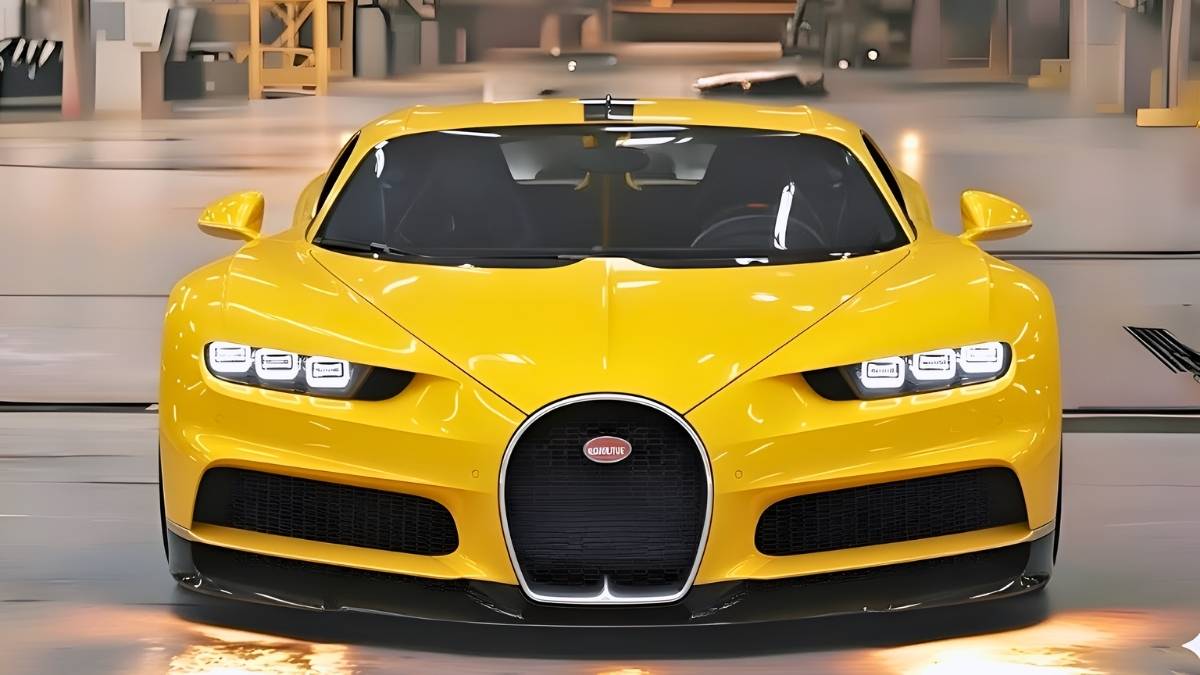Every once in a while, a car comes along that doesn’t just define an erait transcends it. The Bugatti Type 57 is one of those machines. It’s not just a car from the 1930s; it’s a work of art on wheels that continues to captivate collectors, designers, and car lovers even today.
Let’s take a deep dive into why the Bugatti Type 57 still stands tall as one of the greatest automotive creations ever built.
What Is the Bugatti Type 57 and Why It Matters
The Bugatti Type 57 was introduced in 1934, designed by Jean Bugattithe son of the legendary founder Ettore Bugatti. It was a road car that blurred the line between race machine and luxury grand tourer.
What made it special wasn’t just its beauty; it was its engineering precision. With a 3.3-liter straight-eight engine capable of producing up to 200 horsepower (depending on the variant), it could reach over 120 mpha mind-blowing figure for its time.
More importantly, it represented the heart of Bugatti’s philosophy: performance and elegance in perfect harmony.
How the Bugatti Type 57 Was Built – Explained Simply
Unlike many cars of the 1930s, the Type 57 was almost entirely handcrafted. Every curve, every stitch, and every component had a purpose. Jean Bugatti’s design combined aerodynamics with artistic flair, creating shapes that looked fast even when standing still.
There were several versions of the Type 57, including the sporty Type 57C (supercharged), the Type 57G Tank (a Le Mans winner), and the stunning Type 57SC Atlanticthe most iconic of them all.
Only about 710 Type 57s were ever made, and each one was slightly different depending on the coachbuilder and buyer specifications.
Here’s a quick breakdown of its most notable variants:
| Variant | Year Introduced | Power Output | Key Feature |
|---|---|---|---|
| Type 57 | 1934 | 135 hp | Original touring model |
| Type 57C | 1937 | 160 hp | Supercharged engine |
| Type 57G “Tank” | 1936 | 200 hp | Le Mans-winning race body |
| Type 57SC Atlantic | 1938 | 200+ hp | Distinctive riveted body design |
Why the Bugatti Type 57 Still Turns Heads Today
The Bugatti Type 57 isn’t just admiredit’s worshiped. Car enthusiasts consider it the blueprint for modern automotive luxury. Its flowing fenders, teardrop body, and signature horseshoe grille influenced designs that came decades later.
But it’s not just about looks. When you hear the Type 57’s engine roar, it’s pure mechanical music. Even 90 years after its debut, the performance still feels incredible thanks to its lightweight chassis and responsive handling.
To put it simply: driving one feels less like operating a car and more like piloting a masterpiece.
The Story Behind the Type 57SC Atlantic – The Crown Jewel
If there’s one version of the Type 57 that defines automotive beauty, it’s the 57SC Atlantic. Designed in 1938, only four were ever made and only two still exist in original form today.
Jean Bugatti designed it with an aluminum body that couldn’t be welded, leading to the now-famous external rivets that run down the center spine. The result was something that looked almost alien for its time a futuristic shape that seemed to slice through air.
One of these Atlantics is owned by Ralph Lauren and valued at over $100 million, making it one of the most expensive cars in the world.
How the Bugatti Type 57 Changed Car Design Forever
The influence of the Type 57 goes beyond Bugatti. Its aerodynamic shape inspired generations of carmakers from Jaguar’s E-Type to modern hypercars like the Bugatti Chiron.
Jean Bugatti’s philosophy of blending art and engineering became a design language still used in today’s luxury cars. In fact, Bugatti continues to reference the Type 57’s DNA in every model they build.
That seamless mix of power, art, and precision is what keeps the Type 57 relevant even after nearly a century.
Best Tips to Experience the Bugatti Type 57 Today
If you want to experience the Bugatti Type 57 for yourself, you have a few options though none come cheap.
- Visit the Cité de l’Automobile Museum in Mulhouse, France, home to some of the finest Type 57 examples.
- Attend Pebble Beach Concours d’Elegance or Goodwood Festival of Speed, where the Atlantic and other rare Bugattis are occasionally showcased.
- If you’re lucky enough to afford it, watch for private auctions at RM Sotheby’s or Bonhams these cars sometimes sell for $10 million or more.
Even seeing one up close is enough to understand why it’s considered automotive royalty.
Conclusion
The Bugatti Type 57 is more than a car it’s a symbol of what happens when imagination, craftsmanship, and passion collide. Nearly a century later, it still leaves people speechless, proving that true beauty never goes out of style.
Jean Bugatti’s masterpiece continues to inspire every modern Bugatti, reminding us that some legends don’t fade they just keep ruling the roads.
FAQs
When was the Bugatti Type 57 first introduced?
It debuted in 1934 and remained in production until 1940.
What makes the Type 57SC Atlantic so valuable?
Its rarity, design, and historical significance only four were made, and it’s considered one of the most beautiful cars ever built.
Why is the Bugatti Type 57 still famous today?
Because it combined advanced engineering, stunning design, and racing pedigree in a way no other car of its era did.
How fast could the Bugatti Type 57 go?
Depending on the variant, top speeds ranged from 110 to 125 mph, remarkable for the 1930s.
Can you still drive a Bugatti Type 57 today?
Yes, several collectors keep them roadworthy, though most are reserved for shows, museums, or special classic car events.

